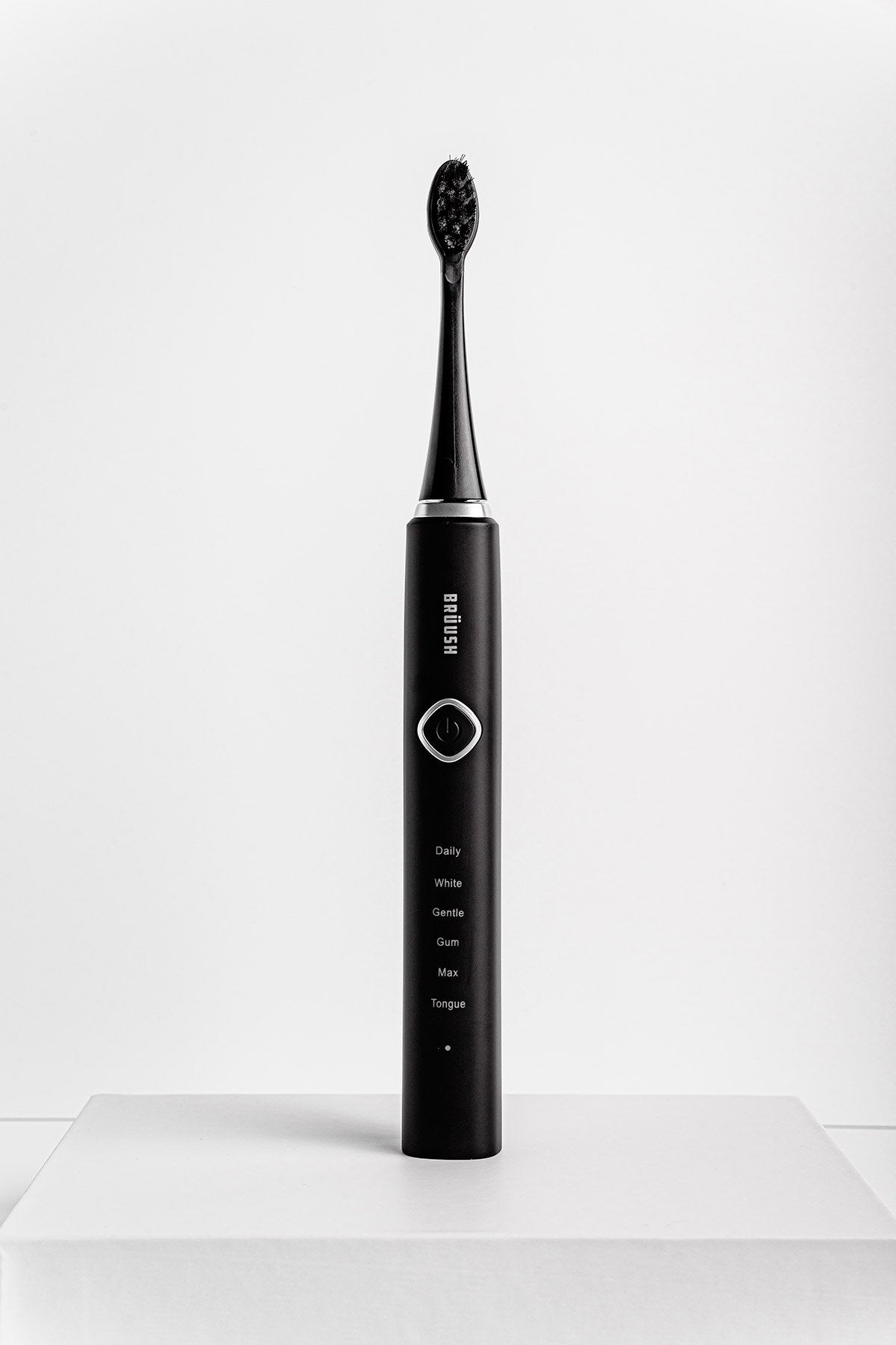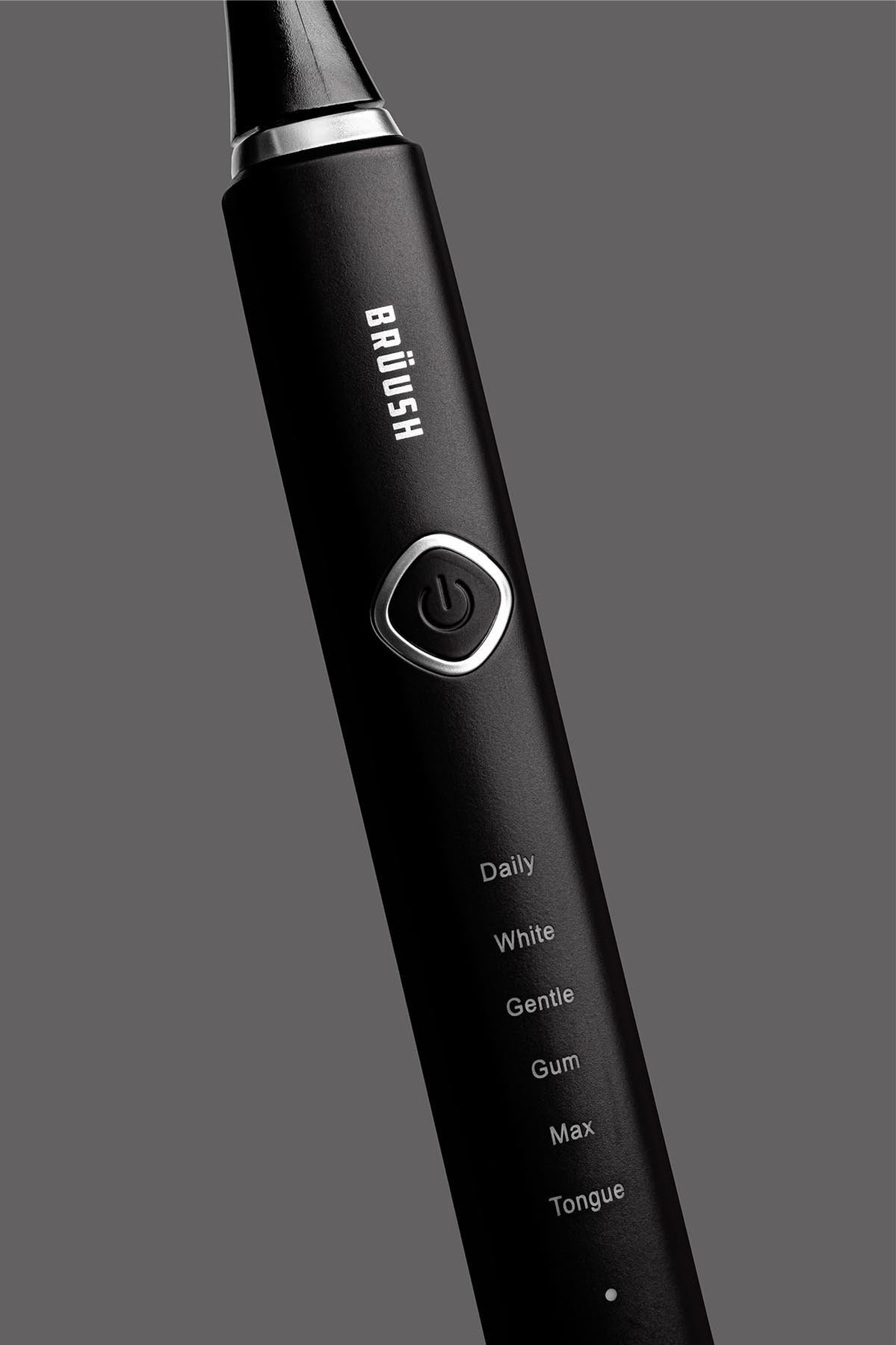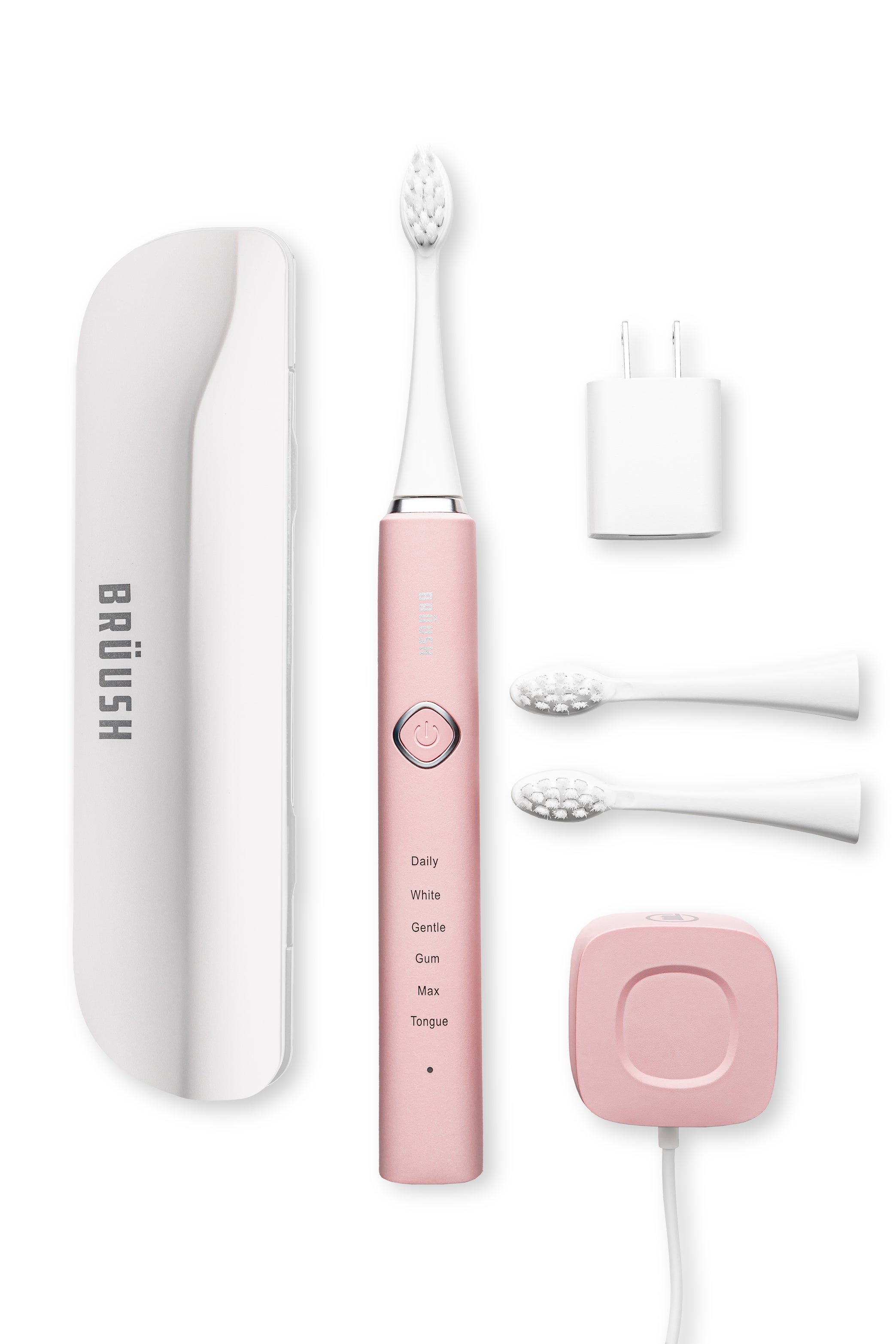It’s likely that you don’t think about your gums very often, until of course they seem to have some sort of problem, such as irritation or swelling. Yet, gums play an incredible role in your oral health—they’re what keep your teeth securely in place. They protect your teeth by forming a seal and keeping the more sensitive tissue underneath safe. This also happens to help with preventing diseases from making a home in your mouth.
So, clearly your gums are important. If you’ve been neglecting your gum health, you’re not the only one. According to a study by the Centers for Disease Control and Prevention, they found that “one out of every two American adults aged 30 and over has periodontal disease.” When neglected, bacteria can actually sit on your gums and create small pockets over time. These pockets are a great place for plaque to hide and cause some irreversible damage.
It’s not all doom and gloom—if you spot gum disease (or signs of it) at an early stage, it can be treated and reversed.
In this article we’ll run through:
- The difference between healthy and unhealthy gums
- The ultimate healthy gum checklist
- How to make your gums healthy again
What Do Healthy Gums Look Like?
Again, it wouldn’t be surprising if you don’t look at your gums on a regular basis. Luckily, healthy gums do have some key features:
- They’re a healthy pink color, though, it can vary from one individual to the next. Light or dark pink are both common, and even brown or black—this usually depends on each person’s skin tone. The darker the tone, the darker your gums may be.
- They’re firm to the touch (doing their work to hold your teeth in place).
- They’re fairly even across and not noticeably smaller in some areas.
If this sounds like your gums, then you’re likely in a great place. Just make sure to practice good oral hygiene: floss daily, brush for 3 minutes in the morning and at night, schedule regular dentist check ups, and you should be just fine!
What Do Unhealthy Gums Look Like?

It’s likely a lot easier to spot unhealthy gums, rather than healthy gums, because they have some tell-tale signs. Often, these symptoms indicate poor oral hygiene. Here’s what to look out for:
- They’re red and look inflamed/irritated in some or all areas.
- They’re swollen and soft to the touch, rather than firm.
- They’re short in length, indicating gum recession.
- There’s pus between your gums or teeth.
- They’re bleeding a lot—not just on a whim, but consistently.
Beside’s how they look, there are some other symptoms you might notice:
- Your gums bleed when you floss or brush your teeth.
- Your teeth seem to have shifted, or now have gaps where they didn’t before (adults, not growing kids or people with braces/aligners).
- You’ve got persistent bad breath—the kind that just won’t go away, even after brushing, flossing, and mouthwash.
- You’re noticing an excess of saliva in your mouth.
- It hurts when you chew or clench your teeth.
- You’ve got loose teeth, or are experiencing tooth loss (not baby teeth, adult ones).
- Your bite seems off or has shifted, which could mean your teeth are not holding in place.
There are many complications that come with having unhealthy gums. They can also indicate some bigger underlying issues, such as infection. Let’s dig into that a bit. Below are the most common issues that can cause sore, red, bleeding, and receding gums.
Tartar (Hardened Plaque)
Plaque builds up on your teeth, and later can actually harden underneath your gum line, turning into tartar. The key is to remove the plaque before it turns into tartar, as tartar is much harder to remove and is riddled with bacteria.
You actually need a dentist to remove tartar, whereas plaque can be cleaned off at home with a toothbrush, floss, mouthwash, and good oral hygiene. The longer either of these buildups sit on your teeth, the more damage they can do (to your gums, as well). Which leads us to the next phase…
Gingivitis (Mild Gum Disease)
Just the word sounds a bit creepy. Gingivitis is the start of gum disease, and thus is the mildest form. It’s a combination of both gum irritation and inflammation around the base of your teeth, which can make your gums quite sensitive, sore, and red. At this stage, gum disease can still be reversed, but it’s important to seek dental assistance to get a proper diagnosis and treatment plan. From there, you’ll need to put in the work on your at-home oral care regime, and make sure you keep those gums and teeth healthy.
Periodontitis (Advanced Gum Disease)
If gingivitis is left untreated, the gum inflammation can get worse and worse, eventually leading to a more advanced gum disease called periodontitis. At this stage, the bacteria can cause pockets that sit between your gums and your teeth, eventually filling with plaque, tartar and a lot of nasty bacteria.
If left untreated, periodontitis can cause a lot of damage, including tooth decay, which can lead to a loss of teeth, tissue, and even bone. So, if you’re feeling like your gums have been inflamed or sore for more than just a few days, call your dentist up and get them checked out!
Healthy Gums Checklist (How to Tell if Your Gums are Healthy):
Let’s run through some common questions that may help you self-diagnose your current gum health. These questions of course are more of a guide, and when in doubt it’s best to seek a medical professional’s opinion to determine what the best course of action is for your particular case.
What Color are Your Gums?
As touched on briefly above, the color of one person’s gums to another can vary, even if they are both healthy. Pink gums are the most common, (NOT red), but they can even take on a brown or black tone depending on your skin color. Often, darker skin tones will lead to darker gums.
Have your Gums Reduced in Size or Look Recessed?
The actual size of a person’s gums are also unique. Some people have a bit more tooth showing than others, but that doesn’t necessarily mean that you have gum recession. As a rule of thumb, healthy gums are often between 1mm and 3mm, whereas anything less than this length can indicate gum disease.
When you have your dental checkup they should be measuring your gum size/length to keep track of your gum health and prevent any major recession.
Bruüsh Tip: you can run your finger along your teeth and gums to feel for any “notches” in the tooth where your gum used to be. This isn’t a sure fire test, but it can give you an idea!
Are Pockets Forming Between your Gums and Teeth?
This one is pretty straight forward. You can again run your finger along the seam where your teeth and gums meet to feel for any irregularities. To get to this stage, your gums would have to be swollen, red and sore for sometime! So, if you’re just recently noticing some irritation, then you likely won’t find any pockets.
Do your Gums Feel Swollen? Or Irritated?
Most, if not all, of us will have sore gums at some point in our lives. Maybe it’s from neglecting your oral health for a while and then getting in there with some floss—ouch. Or possibly it’s from drinking coffee that’s too hot, scalding the sensitive areas of your mouth. These examples will cause temporary tender gums. If your gums have been constantly irritated and swollen (say for more than 3-4 days), then that might indicate something more serious.
How Can I Make My Gums Healthy Again?

Now that you may have found out some potential causes or symptoms for your gums, we’ll cover some tips on how to make them healthy again! These tips should really be staples in your oral health routine—so, even if your gums are healthy, you need to maintain this regime.
-
Get flossing
And no, we’re not talking about the dance move (though by all means, floss away). You need to floss once per day, ideally at night before you brush your teeth. Flossing helps to remove any food bits and debris that get stuck between your teeth, and can turn into plaque. Which, as we know, can progress into tartar, then gingivitis, and so on. -
Brush twice per day
It’s a total of 6 minutes in your day—take the time to brush your teeth in the morning, and in the evening. And make sure you’re using proper technique and pressure to ensure you’re not over-brushing, or missing areas (like your back molars). -
Rinse with therapeutic mouthwash
This is actually optional, but it can help to kill any remaining bad bacteria after you brush. It also helps to keep your breath smelling super fruüsh! -
Get your butt to the dentist
More often than not, your dentist will want to see you in their office every 6 months to a year. Not only do these checkups help to clean your teeth and remove any tartar or plaque buildup, but they also allow your dentist to check in on your teeth and gums, and keep a record of your overall oral health! They will be able to detect early signs of gum disease that may otherwise go undetected. -
Stop smoking (or, don’t start!)
Sorry, smokers—smoking is not only terrible for your health, but it’s also been linked to the onset of gum disease. Smoking weakens your immune system, which makes it harder to fight off any bad bacteria that could be doing damage to your gums and teeth. -
Try massaging your gums
After you brush your teeth, you can rinse off your toothbrush and very gently rub it over your gums in a circular motion. This helps to strengthen your gums over time! -
Drink your water
Not only does water keep you hydrated and healthy, but it also helps to rinse away any leftover food on your teeth/gums. If food has too much time to sit and decompose, it can lead to more plaque. As we all know, plaque is just the start of what can eventually become gum disease. -
Eat healthy foods
What you eat can directly impact more than just your oral health. By sticking to a healthy diet, you’re setting your body up for success when it needs to fend off any viruses and injuries. So, treat yourself (because you deserve it), but try limiting sugary sweets or drinks, and eat a balanced diet!






